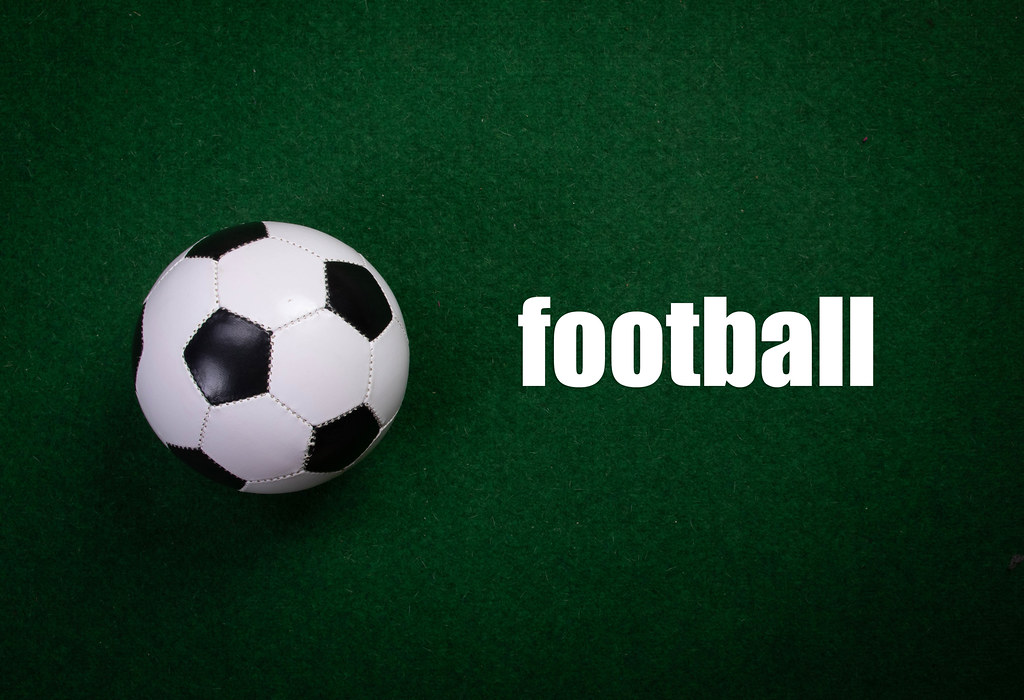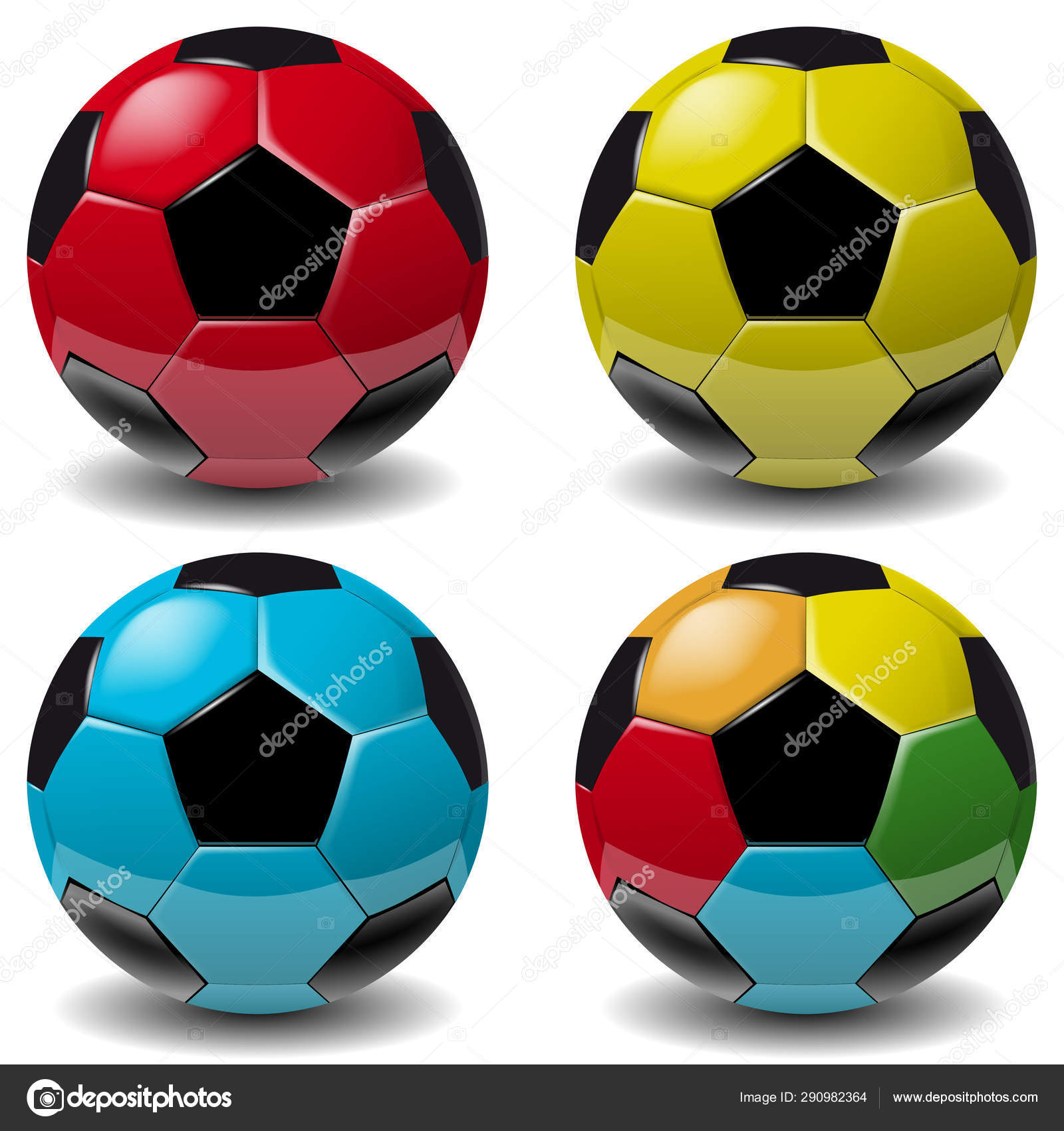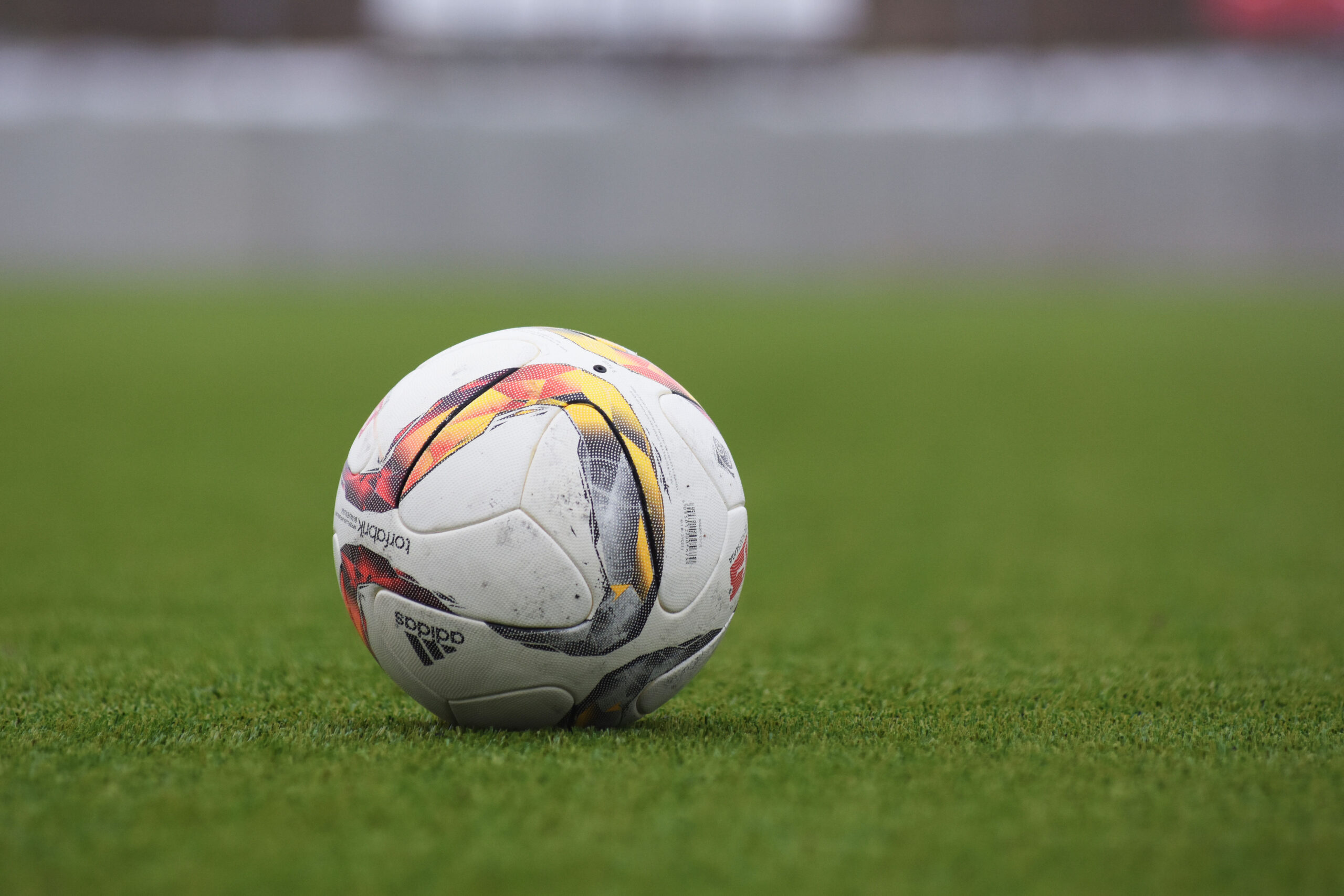What Is The Difference Between Soccer Ball And Football

When it comes to sports equipment, the difference between a soccer ball and a football may seem subtle, but it’s actually quite significant.
While both sports involve using a ball and require certain skills, the design and purpose of each ball set them apart.

Understanding the Difference Between Soccer Ball and Football
Soccer and football are two popular sports played around the world. While the terms “soccer ball” and “football” are often used interchangeably, they actually refer to two distinct objects. The key difference lies in the shape and design of the balls used in each sport. In this article, we will explore the unique features of soccer balls and footballs, shedding light on what sets them apart. So, let’s dive in and discover the differences between a soccer ball and a football.
The Shape and Size
The first noticeable difference between a soccer ball and a football is their shape. Soccer balls are typically spherical, while footballs have a more oblong shape. Soccer balls are round and symmetrical, allowing for consistent bounce and predictable movement on the field. On the other hand, footballs have a prolate spheroid shape, with tapered ends and a bulge at the center. This shape is specifically designed to enhance throwing and catching accuracy in football.
In terms of size, soccer balls and footballs also differ. Soccer balls come in several different sizes, ranging from size 1 for young children to size 5 for adults. The standard size for professional soccer matches is size 5. Footballs, on the other hand, have a standardized size for all levels of play. The official NFL football used in American football measures approximately 11 inches long and 22 inches in circumference.
Overall, the shape and size of the ball are crucial aspects that distinguish a soccer ball from a football. The round, symmetrical shape of a soccer ball provides consistent performance on the pitch, while the oblong shape of a football caters to the unique requirements of the sport.
Construction and Material
The construction and materials used in soccer balls and footballs also contribute to their differences. Soccer balls are typically made using multiple layers of synthetic or natural leather panels stitched together. This construction provides durability, shape retention, and optimal aerodynamics. The panels are often hexagonal or pentagonal in shape, creating the iconic pattern seen on soccer balls.
Football construction, on the other hand, involves a more complicated process. The outer cover of a football is made of leather or synthetic materials, while the inside consists of several layers of lining and padding. This design ensures consistent grip and control, as well as the ability to withstand the rigors of the game. The laces on the football are not purely decorative but play a functional role in allowing players to grip and throw the ball accurately.
Furthermore, soccer balls and footballs have different inflation requirements. Soccer balls are typically inflated to a pressure between 8.5 and 15.6 psi (pounds per square inch), giving them a firm but responsive feel. Footballs, on the other hand, are inflated to a higher pressure between 12.5 and 13.5 psi to maintain their shape and provide optimal throwing and catching characteristics.
Weight and Performance
The weight of a soccer ball and a football also differs. A standard size 5 soccer ball weighs between 14 and 16 ounces. The weight is carefully balanced to ensure optimal flight and control during gameplay. Footballs, on the other hand, weigh approximately 14 to 15 ounces, making them slightly lighter than soccer balls.
When it comes to performance, soccer balls and footballs are designed to cater to the specific requirements of each sport. Soccer balls are designed for precision passing, dribbling, and shooting. The round shape, along with the materials used, allows players to have excellent control over the ball. Footballs, with their oblong shape and laces, are optimized for throwing, catching, and gripping. The shape of a football allows quarterbacks to throw spiraling passes with precision, while the laces provide added grip for receivers.
Playing Surfaces
The playing surfaces for soccer and football also impact the design of the balls. Soccer is primarily played on grass fields or artificial turf, which are relatively smooth surfaces. As a result, soccer balls have a characteristic outer padding that provides a soft touch and excellent feel on these surfaces. In contrast, football is often played on a variety of surfaces, including grass, turf, and even indoor courts. To accommodate these different surfaces, footballs have a more durable outer cover to withstand the wear and tear of various playing conditions.
Conclusion
In summary, while soccer and football are both thrilling sports, the difference between a soccer ball and a football lies in their shape, size, construction, weight, and performance characteristics. Soccer balls are round and symmetrical, while footballs have an oblong shape. Soccer balls are designed for consistent performance and optimal control on grass or turf surfaces, while footballs are tailored for accurate throwing and catching on a variety of playing fields. Understanding these differences can enhance your appreciation for the unique qualities of these two beloved sports.


Frequently Asked Questions
As a professional in the sports industry, I often get questions about the difference between a soccer ball and a football. While many people may use the terms interchangeably, there are actually some key distinctions between the two. Let’s take a closer look at some common queries related to soccer balls and footballs.
1. What is the main difference between a soccer ball and a football?
A soccer ball, also known as a football in some countries, is designed specifically for the sport of soccer. It is usually made of synthetic materials, such as polyurethane or PVC, and has a round shape. The size, weight, and construction of a soccer ball are regulated by official governing bodies, such as FIFA.
On the other hand, a football is primarily used in American and Canadian football. It has an elongated shape and is made of leather or synthetic materials. The size and weight of a football can vary depending on the level of play, with professional footballs being larger and heavier.
2. Can a soccer ball be used for playing football, and vice versa?
While the shape and construction of a soccer ball and a football are different, they can still be used interchangeably to some extent. However, it is important to note that the optimal performance and handling of each ball may be compromised when used for a sport it is not intended for.
For example, a soccer ball may not provide the same grip and accuracy as a football when thrown or caught during a football game. Similarly, kicking a football with a soccer ball may not yield the desired results in terms of distance and accuracy.
3. Are there any differences in the rules or gameplay between soccer and football?
Yes, there are significant rule and gameplay differences between soccer and football, which also influence the design and use of the respective balls. Soccer is played primarily with the feet, and the objective is to score goals by putting the ball into the opposing team’s net. Football, on the other hand, involves both running and throwing the ball to advance it towards the opponent’s end zone to score touchdowns.
Due to these differences, the balls used in each sport are designed to facilitate their respective styles of play. A soccer ball’s round shape allows for better control and maneuverability with the feet, while a football’s elongated shape allows for easier gripping and throwing.
4. Are there any safety considerations when using a soccer ball or a football?
Both soccer balls and footballs should be used in accordance with the rules and guidelines set by the respective sports’ governing bodies. It is important to use balls that meet the required specifications in terms of size, weight, and construction to ensure player safety.
When using a football, proper technique should be employed to avoid injury, especially when throwing or catching the ball. Similarly, when playing soccer, the correct footwear should be worn to prevent slips or falls.
5. Can a soccer ball be used for training in football, and vice versa?
Using a soccer ball for training in football or vice versa can be a useful way to improve certain skills, such as footwork or ball control. However, it is important to remember that the specific techniques and strategies used in each sport may vary.
For optimal training, it is recommended to use the appropriate ball for the sport you are focusing on. This will help you better simulate game situations and prepare for the specific challenges and demands of that sport.
What Is the Difference Between ‘SOCCER’ and ‘FOOTBALL’?
So, to sum it up, the main difference between a soccer ball and a football lies in their shapes and the way they are used in different sports.
A soccer ball is round and typically made of synthetic materials, while a football has a more elongated shape with pointed ends and is usually made of leather or synthetic materials. Soccer balls are used in the sport of soccer, where players use their feet to control and score goals. On the other hand, footballs are used in American football and similar sports, where players primarily use their hands to carry and throw the ball.

